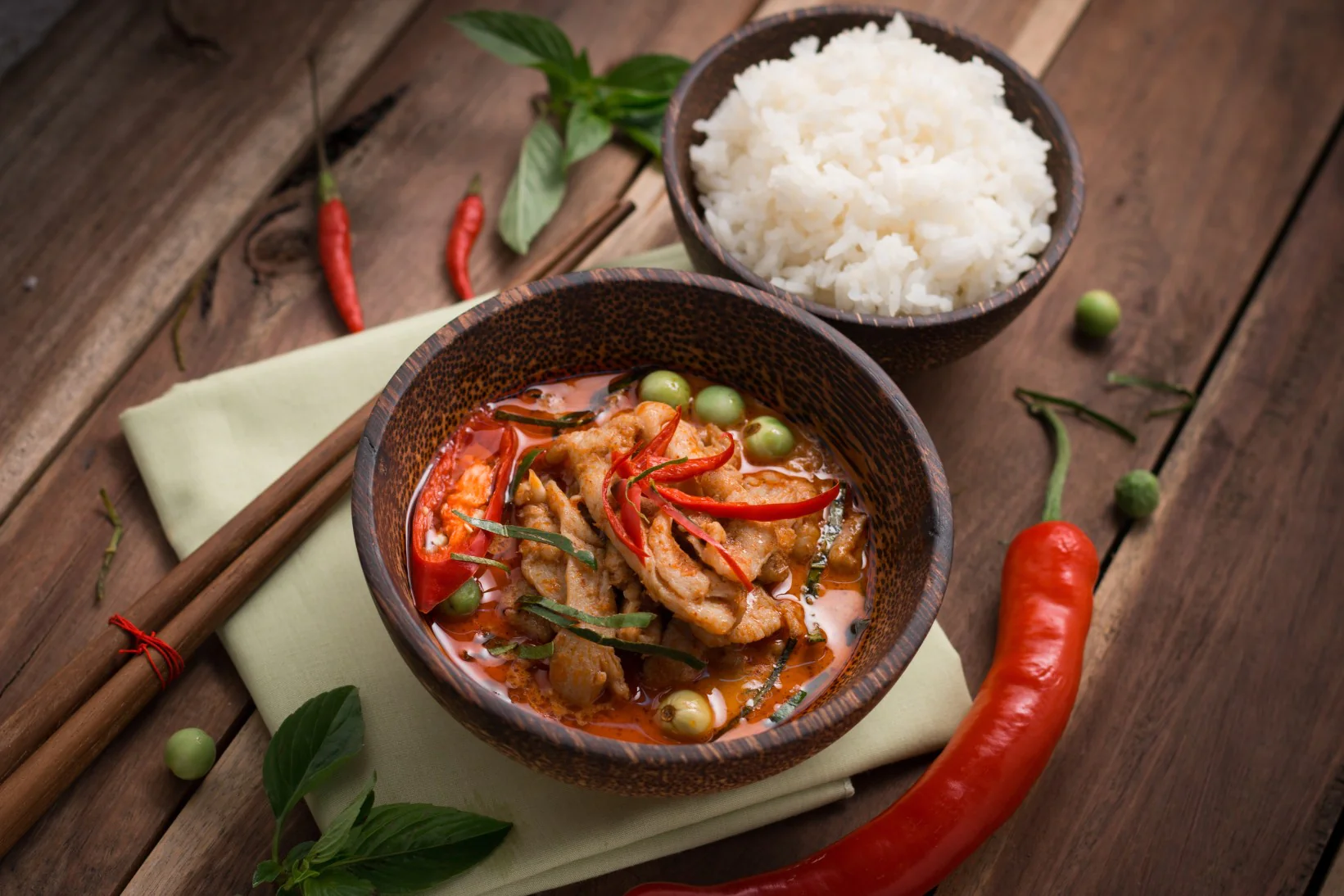LOVE YOUR MEAT? But get nutrition facts right
Kenyans are known for their love of meat. Look at all those Nyama Choma joints and weekend barbeques so loved by many. This is despite the bad name meat has
Kenyans are known for their love of meat. Look at all those Nyama Choma joints and weekend barbeques so loved by many. This is despite the bad name meat has – well; in as far as your health is concerned. But is meat that bad after all? Meat is an excellent source of high-quality protein and also supplies high levels of minerals and vitamins, according to nutritionists. But there is a catch – it has to be lean meat and eaten in small quantities. Here is a guide to what you get from different cuts of meat.
1. Poultry
Nutrition value. Low in fat and calories, poultry is a favourite of people trying to lose weight. Per 100g serving, chicken has 106 calories and 1.2g fat, while turkey has 105 calories and 1.6g fat. The lowest fat part of poultry is the light-coloured meat, including the breast. The skin is the high-fat part, so give it a miss. Poultry meat contains far less saturated fat than red meats. Chicken is high in selenium, which helps repair DNA and ward off cancer. Turkey is rich in B vitamins and compounds that help make the feel-good brain chemical serotonin. All poultry contains high levels of B vitamins.
2. Beef
Nutrition value. Lean beef cuts contain 140 calories and 5g fat per 100g serving. Beef fat is 50 per cent saturated, so it’s high in cholesterol and therefore not a good choice. Rich in B vitamins (good for cell metabolism) and zinc (for a healthy immune system), beef also contains lots of iron, providing 60-100 percent of the daily-recommended value in 100g serving. You should watch out for minced beef as butchers often mince some fatty meat rejects. Some mince can contain 15-25 percent fat. It is best that you buy your cut of meat, have the fat trimmed and get the butcher to mince it for you. You could also invest in a small home mincing machine. It’s worth the investment.
3. Pork
Nutrition value. While lean pork is almost as low in fat and calories as chicken with 130 calories and 4g fat per 100g serving, pork products are what you need to be careful about. Sausages have a whopping 20g to 33g fat per 100g. Bacon contains a hefty 1.9g salt per 100g, ham 1.5g or more, so limit your intake to one rasher of bacon or thin slice of ham per day.
4. Lamb
Nutrition value. Lamb is one of the fattest meats with the leanest cuts twice as fatty as their beef equivalent. Lamb has 156 calories and 8.3g fat per 100g serving. It is one of the best-absorbed sources of iron and a great source of B vitamins. 100g of lamb contains more than the daily-recommended value of vitamin B 12.
5. Venison
Nutrition value. Venison, which includes game meat, is a healthy choice of meat for weight watchers as it is low in fat, containing similar levels to poultry and chicken (103 calories and 1.g fat per 100g serving). Venison is a great source of protein and it is also rich in vitamins and minerals. One serving supplies more than a third of your daily recommended value for iron, helping to keep your energy levels up.
6. Duck
Nutrition value. Despite its high-fat and calorie reputation (145 calories and 6.5g fat per 100g serving), duck without the fat or skin contains similar amounts of fat to lean roast lamb. Its fat is around 60 percent saturated, so too much of it will clog your arteries. Duck is fairly rich in the powerful antioxidant selenium, but relatively high in cholesterol, containing twice the amount of beef. Of all the cuts, perhaps duck scores the lowest because of its high cholesterol levels.
Meat Buying Tips…
Free-range chicken has more flavour than broilers.
Processed meats are high in fat and salts and you should limit your intake.
Chicken sausages are lower in fat content than beef and pork sausages.
Homemade sausages are healthier.
Fresh meat cuts are nutritionally better and hold more flavour. To ensure freshness, buy from your local butcher where you are sure he gets daily deliveries from a licensed meat vendor. Avoid meat that has been in a freezer for very long.
Ensure you buy your meats from hygienic sources and the meat passed health inspection. Ask to see the health inspector’s stamp
Don’t buy meat from unlicensed vendors. You may not know the source.
Have home slaughtered meat inspected by a health inspector.
Published On April 2013





